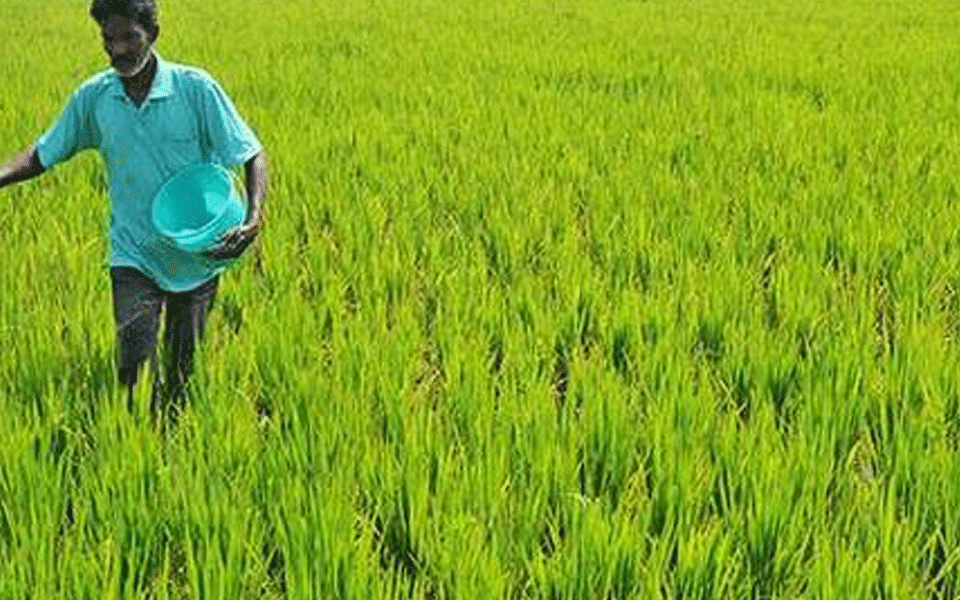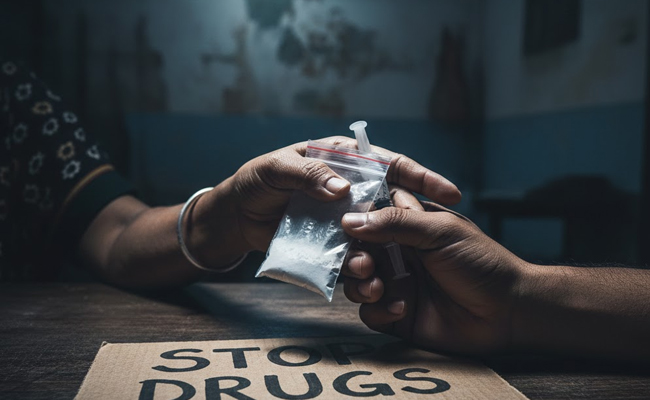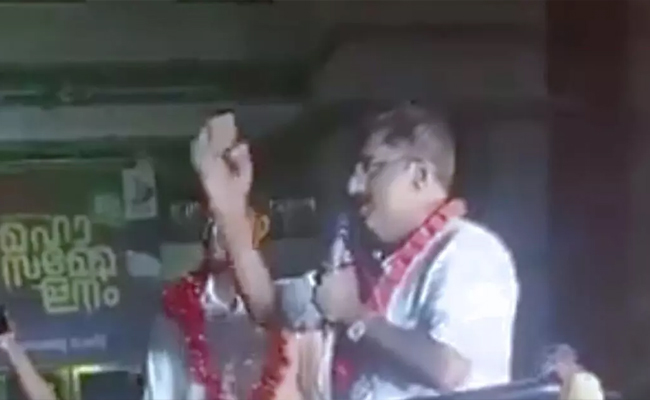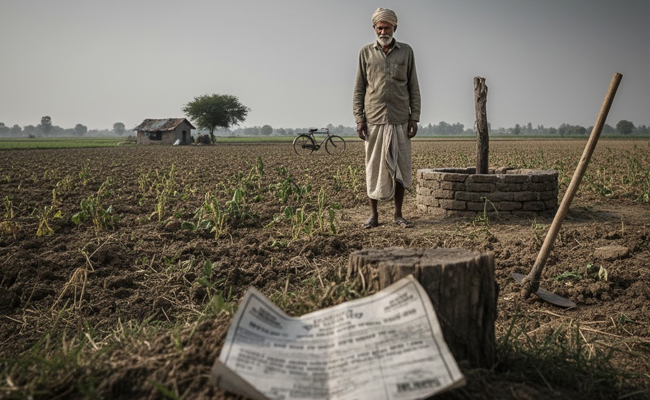New Delhi, Aug 28 : Food grain production in the country in 2017-18 crop year will be record 284.83 million tonne (MT) as per the fourth advance estimates of the Agriculture Ministry released on Tuesday, registering a rise of 9.72 MT over the last year's total production.
Union Agriculture Minister Radha Mohan Singh said rice output would be 112.91 MT and that of wheat 99.70 MT, as compared to 109.70 MT and 98.51 MT, respectively, in 2016-17.
"I am happy to share the 4th advanced estimates of food grain production for the year 2017-18. The country witnesses record food grain production estimated at 284.83 million tonnes," Singh said in a Tweet.
The Minister also said that horticulture production in 2017-18 would be 306.81 MT in 2017-18 as against 300.64 MT in 2016-17.
In 2016-17, the total food grain production stood at 275.11 MT.
As per the estimates, the country will also produce 46.99 MT of coarse cereals, 28.72 MT of maize, 25.23 MT of pulses, 11.23 MT of gram and 3.56 MT of urad (split black gram).
Production of tur (arhar or pigeon pea) is expected to be around 4.25 MT this year.
On year-on-year basis, production of coarse cereals this year will be higher by 5.59 MT, while pulse output would be higher by 2.10 MT.
Total oilseeds production during 2017-18 is estimated at 31.31 MT, showing marginal hike compared to that last year.
Soyabean production is likely to be 10.98 MT of soybean, 9.18 MT of groundnut, 8.32 MT of mustard and rapeseed, and 1.57 MT of castor seed.
Total production of sugarcane this year is expected to be 376.90 MT as against 342.04 MT in 2016-17.
As per the estimates, production of cotton would be 34.89 million bales (each of 170 kg), which is higher by 2.31 million bales than the production of 32.58 million bales in 2016-17.
Let the Truth be known. If you read VB and like VB, please be a VB Supporter and Help us deliver the Truth to one and all.
Mangaluru: Intensifying action against drug peddling, Mangaluru City police arrested 25 people and registered 12 cases under the Narcotic Drugs and Psychotropic Substances (NDPS) Act between November 30 and December 13. During the operation, police seized 685.6 grams of MDMA and 1.5 kg of Ganja, The Times of India reported.
City police commissioner Sudheer Kumar Reddy reportedly said, the QR code based anonymous reporting system, introduced to enable citizens and students to discreetly share information on drug-related activities, has received an encouraging response. Several recent arrests were made based on inputs received through this system, helping police tighten the noose around drug peddlers.
ALSO READ: "Women are only for sleeping with husbands”: CPI(M) leader’s victory speech sparks outrage
According to the report, so far this year, up to December 14, police have registered 107 drug peddling cases and arrested 219 accused. In addition, 562 cases were booked for drug consumption, leading to the arrest of 671 people.
During raids conducted this year, police allegedly seized large quantities of narcotics, including ganja worth Rs 88.7 lakh, MDMA valued at Rs 1.2 crore, and MDMA pills worth Rs 87,000. Other raids include charas worth Rs 1.7 lakh, hydro-weed ganja worth Rs 94.7 lakh, methamphetamine worth Rs 50,000, bhang chocolates worth Rs 6,800, cocaine worth Rs 1.9 lakh, and opium worth Rs 9,000.
In 2024, police arrested 160 peddlers in 88 cases, in addition to booking 1,026 cases for consumption and arresting 1,244 persons. In 2023, the police arrested 199 peddlers in 94 cases and booked 619 cases for consumption and arrested 749 persons.
"We ensure that peddlers are caught red-handed so that they cannot later dispute the case or claim innocence," TOI quoted commissioner Reddy as saying.
To curb drug use among students, police also introduced random drug testing in colleges. Around 100 educational institutions were covered in the first phase, where nearly 6,000 students were screened. As per the report, about 20 students tested positive and were counselled. They will undergo follow-up tests in the next phase.
Reiterating a zero-tolerance policy, the commissioner reportedly said random testing would continue and colleges have also been directed to conduct drug tests at the time of admission to deter substance abuse at an early stage.





